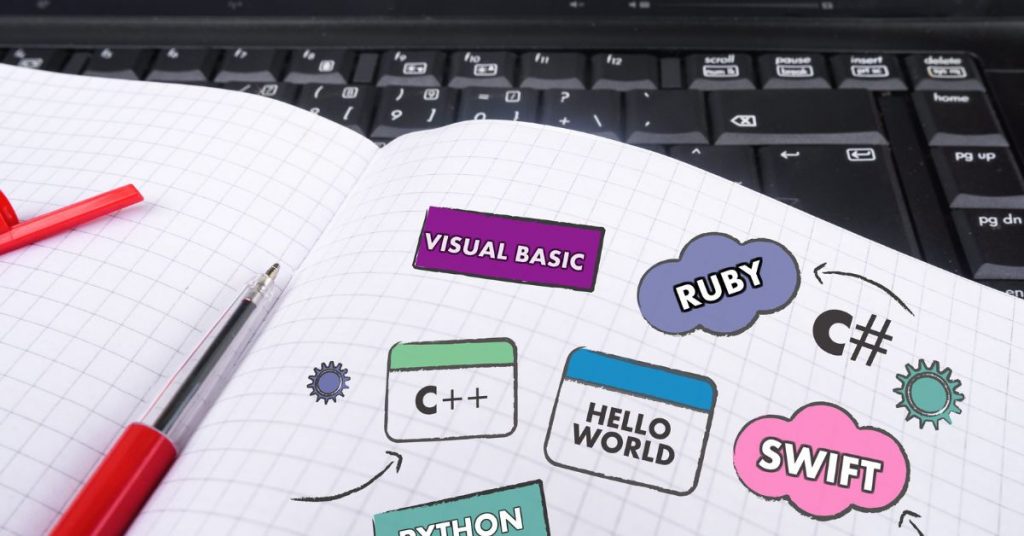What is augmented and virtual reality?
Technology is advancing in recent times and augmented and virtual reality are two concepts that play a role in simulating a real-life environment. Augmented reality is an enhanced version of a physical environment, which is possible through sound and visual elements. On the other hand, virtual reality refers to a computer-generated environment with objects that make users feel that they are within the environment that shows on the screen.
Here are some programming languages for augmented and virtual reality developers:
- JavaScript
Used to create content like applications and browsers, JavaScript is the world’s most popular programming language. (Source: Statista, 2021)
The AR.js lightweight library helps build web-based augmented reality experiences. For example, with the library’s help, developers can create a new augmented reality-based application for programming or add an AR element to an existing web application on the Internet.
Using virtual reality libraries like three, aframe, react-viro, and react-vr, developers can build virtual reality experiences. For example, businesses can add virtual reality components to applications or games.
In recent times, JavaScript has applications in virtual and augmented reality. This is especially true for digital buildings (real estate), NFTs (non-fungible tokens), and games.
- Java
An object-oriented language, Java helps create things like web applications, software tools, and games. It is also the fifth most common programming language for developers. (Source: Statista, 2021) Java has a 3D application processing interface (API) to help develop AI-related components. The Java 3D API also helps VR applications create 3D images.
- C#
C# is the 8th most common programming language amongst developers from all over the world. (Source: Statista, 2021) You can use the cross-platform language for developing operating systems, games, and browsers.
C# and the Unity development game engine work together to create an augmented reality environment. You can create cross-platform games and 3D/augmented reality applications through them.

- C++
C++ is the 10th most common programming language for developers. (Source: Statista, 2021) The cross-platform language can be used for operating systems, games, and browsers.
C++ and OpenCV help create multiple vision algorithms. Additionally, CC+ can be used in combination with openGL. openGL is a core graphics rendering platform that helps create 3D games, and this can be used with C++ as an augmented reality api for programming.
- Python
Python is known for its open-source codebase and third-party modules. It is the third most used programming language amongst developers worldwide. (Source: Statista, 2021)
Several VR projects use Python, like BlenderVR (utilises the Blender game engine for various VR hardware platforms or configurations) and the platform Vizard. (uses VR content for hardware like 3D displays, gloves, and trackers) Developers can use the OpenCV platform to apply augmented reality to video streams.
Summing up..
By reading this blog, we hope you’ve better understood the suitable languages for augmented and virtual reality developers. Do you also wish to learn more about coding? If you would like to learn about the 4 W’s of coding, click here.










